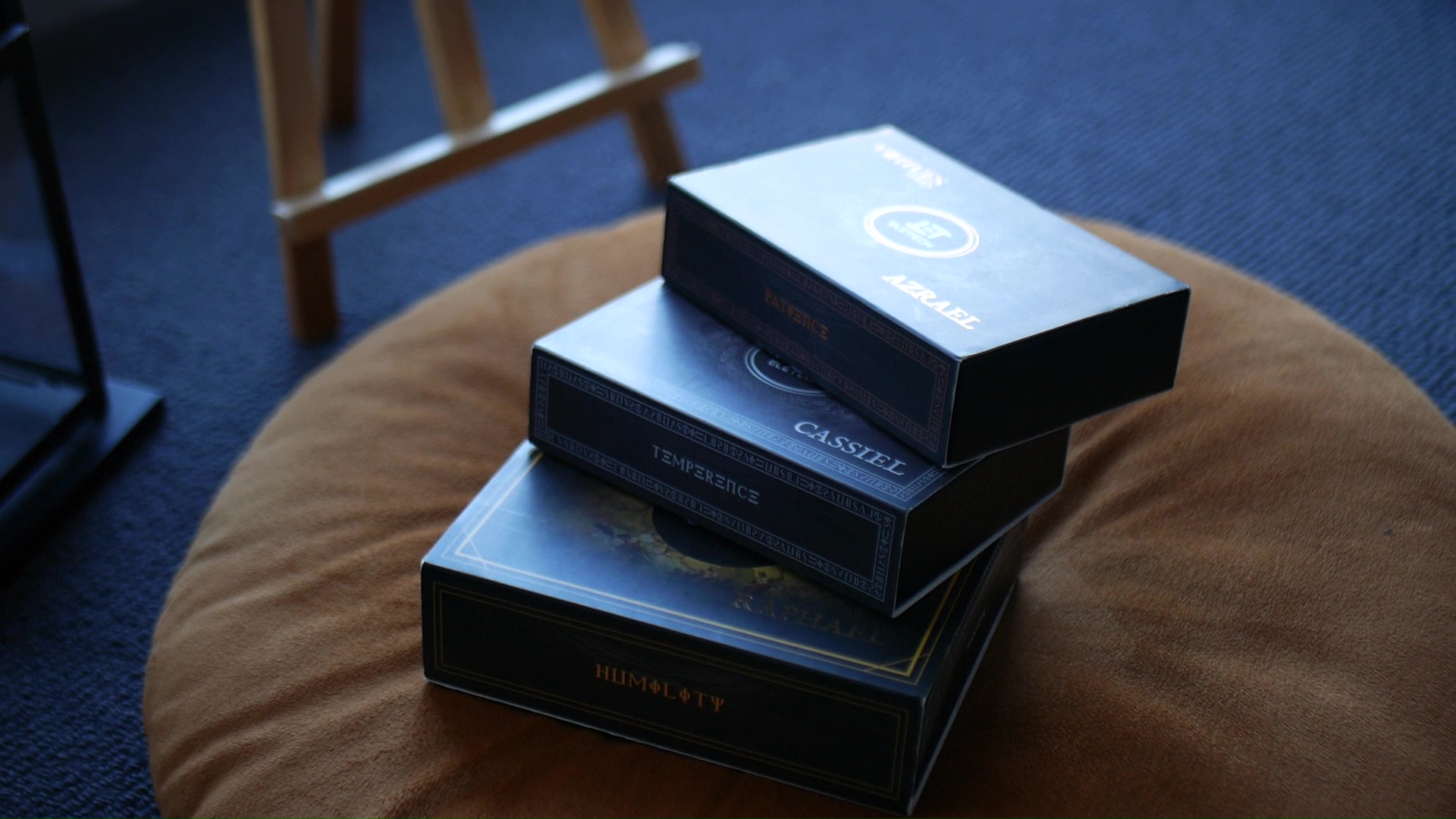Eletech Virtues Series
Cables. Few things in the audiophile community spark a stronger “call to battle” than these long metal strings connecting IEMs to audio sources. Whether you believe they make a difference or not, the debate inevitably devolves into name-calling and irreconcilable differences.
As for me, my view on IEM cables is more of a shade of gray. What does that even mean? Let’s dive into the Eletech entry-level cables, the Virtues series, as I elaborate on my thoughts.
Forewords
- What I look for in an IEM is immersion. I want to feel the orchestra around my head, track individual instruments, and hear all of their textures and details. I’m not picky about tonality, as long as it is not make the orchestra, violin, cellos, and pianos sound wrong.
- I rate IEMs within with a consistent scale from 1 (Poor) to 3 (Good) to 5 (Outstanding). An overall ranking of 3/5 or above is considered positive.
- Ranking list and measurement database are on my IEM review blog.
- The terminology for subjective impressions in this review is based on the Audio Wheel for reproduced sound defined in the technical report ITU-R BS.2399-0
- This review is possible thanks to the Australian tour arranged by Eletech and @Damz87 (Thank you!). I have no affiliation with or financial interest in Eletech.
- The unit retails for $249, $299, and $499 at the time this review was published. Unaffiliated link: https://elementechnology.com/collections/virtues-series
General Information
Element Technology (Eletech) is a well-known IEM cable maker from Singapore, recognized for their prominent TOTL cables like Ode to Laura, affectionately called “OTL” by folks in my circle. The Virtues series is Eletech’s entry-level product line released in 2023. This series features three cables, all designed with a 4-wire structure and a 25.5 AWG thickness rating. The differences among them stem from the choice of material and the number of Litz cores:
- Azrael ($249): OCC Copper, 7 core Litz
- Cassiel ($299): OCC Silver-plated Copper, 7 core Litz
- Raphael ($499): Gold-plated Copper + Gold-Copper Alloy, 9 core Litz
Each cable includes a custom machined wire splitter and a 4.4mm jack. They also feature Eletech’s Versa interchangeable plug system, allowing you to swap between MMCX and 2-pin connectors on the IEM side.
Non-sound Aspects
Packaging and Accessories: You might find it strange, but one of my favorite aspects of these IEM cables is the boxes they arrive in. They are attractive, sturdy, and the size feels just right in the hand, especially the ones for Azrael and Cassiel. The box for Raphael, in particular, boasts an elaborate design both inside and out.
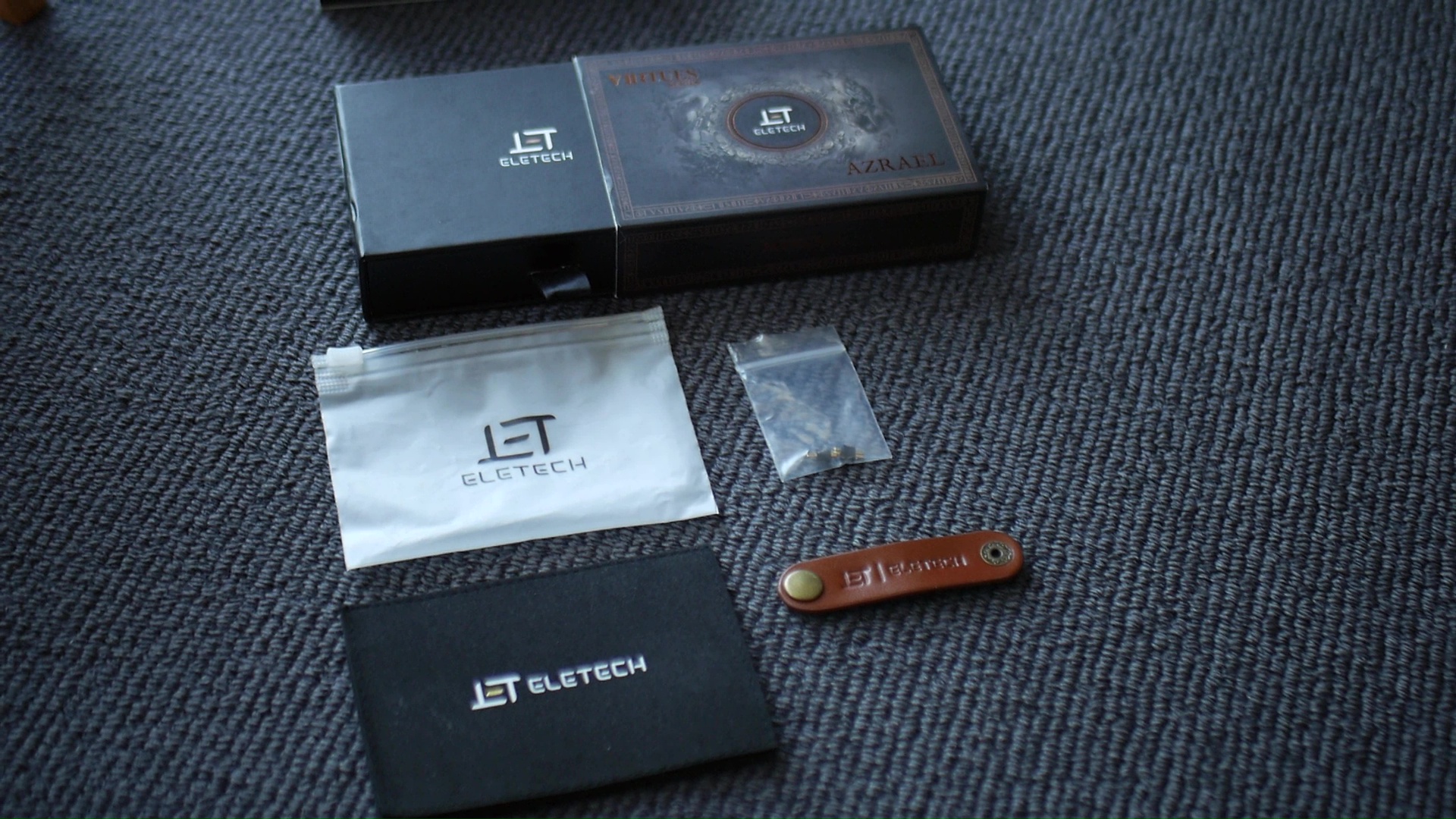

Inside, you’ll find a carrying envelope, a leather cable tie, and Versa connectors to adapt the cable to MMCX or 2-pin. Azrael and Cassiel come with a simple felt carrying envelope, while the flagship Raphael features a fancy leather carrying envelope.
Appearance and Behavior: The hardware used in all three cables is identical. They are well-designed, expertly machined, and a joy to behold. The Versa system functions well, and the connectors remain stable after installation. However, due to the delicate nature of these small components, I doubt they can withstand frequent swaps.
When it comes to the wires, Azrael has thinner and softer wires compared to Cassiel, which in turn has thinner and softer wires than Raphael. I won’t pull any punches here: Azrael’s wire feels cheap because it reminds me of the thin, soft, somewhat translucent stock cables that often come with budget IEMs. To be fair to Eletech, Azrael isn’t tangly or sticky like those inferior cables. On the other hand, both Cassiel and Raphael look and feel like upscale aftermarket options. All three cables are easy to manage.
Sonic Performance
Testing setup:
- Sources: iBasso DX300
- IEMs: Campfire Audio Andromeda 2020, 64 Audio U12T.
I’m relying on two IEMs to review the Virtues cables. The Andromeda 2020 was chosen for its finicky nature, as even minor changes in the signal path can alter the entire tonal balance. On the other hand, the U12T is designed to be as resistant to change as possible; it typically requires a substantial shift along the signal path to produce any noteworthy change in perceived sound.
I use the stock cable of these IEMs as the “ground truth” for comparison. That means whenever I refer to something as “brighter” or “warmer,” I’m implicitly comparing it to the stock sound unless I specify otherwise.
So, how do these cables perform? Before sharing my impressions, I want to outline Eletech’s vision for each cable to see how it aligns with my subjective experience.
- ‘Azrael’ is designed with a completely fresh philosophy from ground up and offers highly defined clarity levels, a perfect tinge of warmth with layered vocals solvency. It’s unique geometry combined with a high purity conductor, enables the “Azrael” to offer deep and airy staging without losing precision . Augmented by a Kevlar core, the “Azrael” is resilient while ensuring the structural stability of extremely high strand counts.
- ‘Cassiel’ is designed with a completely fresh philosophy and introduces an energetic performance with excellent extensions on both spectrum with accuracy. It’s unique geometry combined with a high purity conductor, enables the “Cassiel” to manifest a well layered staging presentation while enhancing details retrieval . Augmented by a Kevlar core, the “Cassiel” is resilient while ensuring the structural stability of extremely high strand counts.
- ‘Raphael’ solidifies Eletech’s experience with working with flagship copper and gold materials, configurations and streamlined into a highly performing mix that is housed within the new “Virtues Series”. Raphael offers a highly resolving sound signature with being very organic sounding with a well textured warmth. Augmented by a Kevlar core, the “Raphael” is resilient while ensuring the structural stability of extremely high strand counts.
Cassiel: I started my testing with Cassiel, as it seemed the most suitable for my taste based on Eletech’s description—enhancing soundstage layering and detail retrieval. I eagerly attached Cassiel to my U12T and began my usual test track from my DX300.
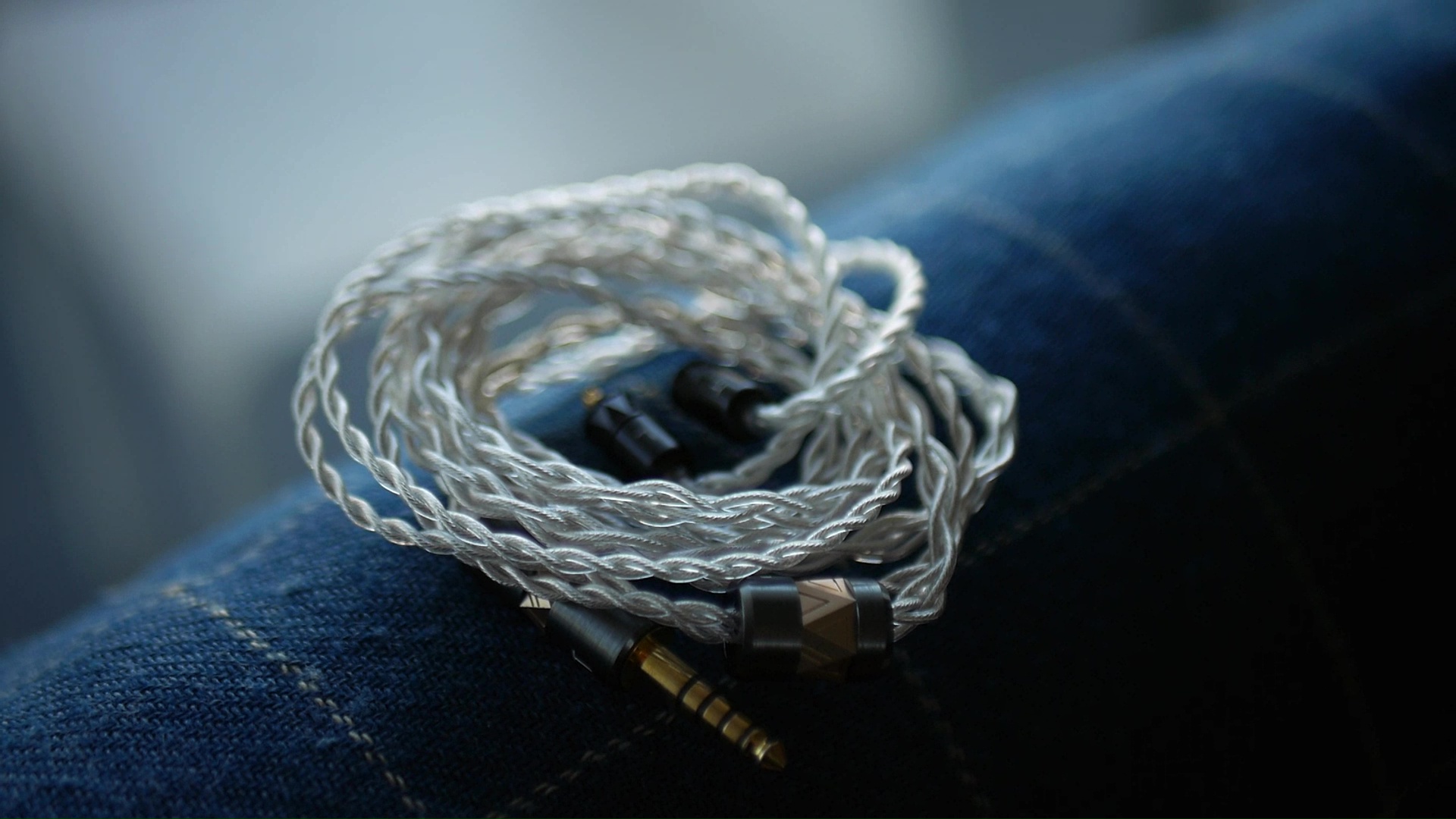
However, I was immediately disappointed. I noticed the midrange of the U12T pushed forward, compressing the depth illusion of the soundstage and centering the sound in my head, which was not how the U12T sounds with its stock cable. It wasn’t a subtle difference. The presentation was jarring enough that I couldn’t focus on whether Cassiel improved detail retrieval. Overall, Cassiel’s presentation strongly reminded me of a custom cable I got from a friend a while back—not bad, but not how I want the U12T to sound.
Out of curiosity, I switched the Versa connector to MMCX and connected Cassiel to my Andromeda 2020. I expected a bright, clear, midrange-forward sound based on Cassiel’s performance with the U12T. However, I was wrong. The Andromeda sounded muffled with Cassiel—not warm or “analog glow,” just unusually muffled with the upper mids pulled back too far compared to the low midrange. Perhaps the cable has even lower impedance than the flimsy stock cable from Campfire Audio, making the lower drivers of Andromeda 2020 stand out even more. I don’t know, but Cassiel didn’t sound “silver” with the Andromeda, and it certainly didn’t appeal to me.
Raphael: After my disappointment, I decided to go directly to the flagship Raphael before checking out Azrael. I plugged it into my U12T and started my test tracks again. To my surprise, it sounded quite good. The bass felt more emphasized than with the stock cable, yet the attacks remained sharp and snappy. The midrange was pulled back just enough to create an interesting illusion of depth without going overboard. Detail retrieval matched or slightly exceeded that of the stock cable. I enjoyed this pairing enough to keep it throughout my testing period. Interestingly, pairing Raphael with the Andromeda 2020 yielded similar results.
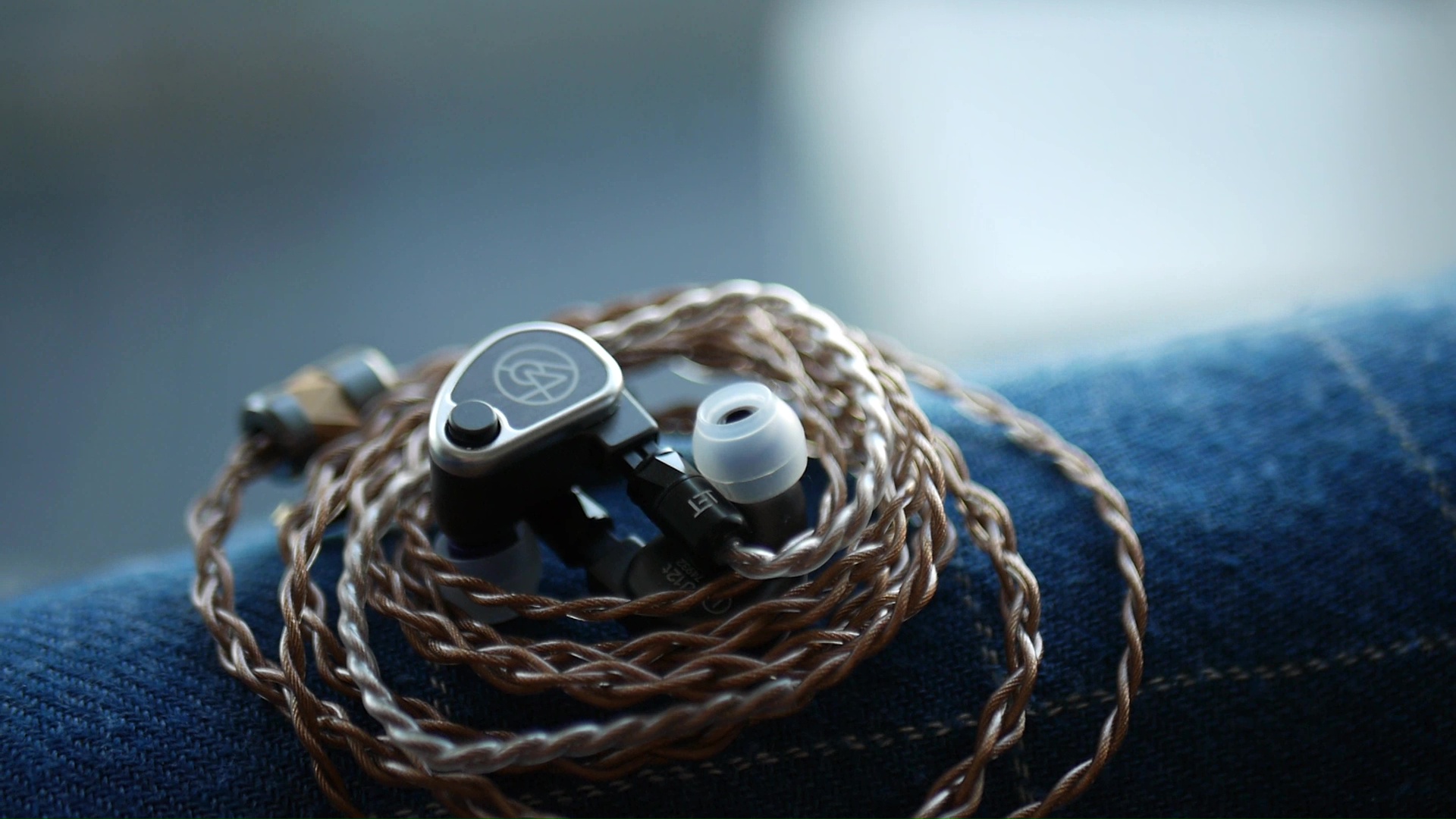
Azrael: My final test with the Virtues cables was with Azrael. As with previous tests, I began with the U12T. From the first test track, I immediately noticed significant differences in tonal balance and presentation. Azrael boosted the perceived low-end frequencies, but not just the bass—it seemed to extend all the way into the lower mids, resulting in a warm and somewhat muffled presentation. This negatively impacted both stage and detail retrieval, leading me to prefer the stock cable for the U12T.
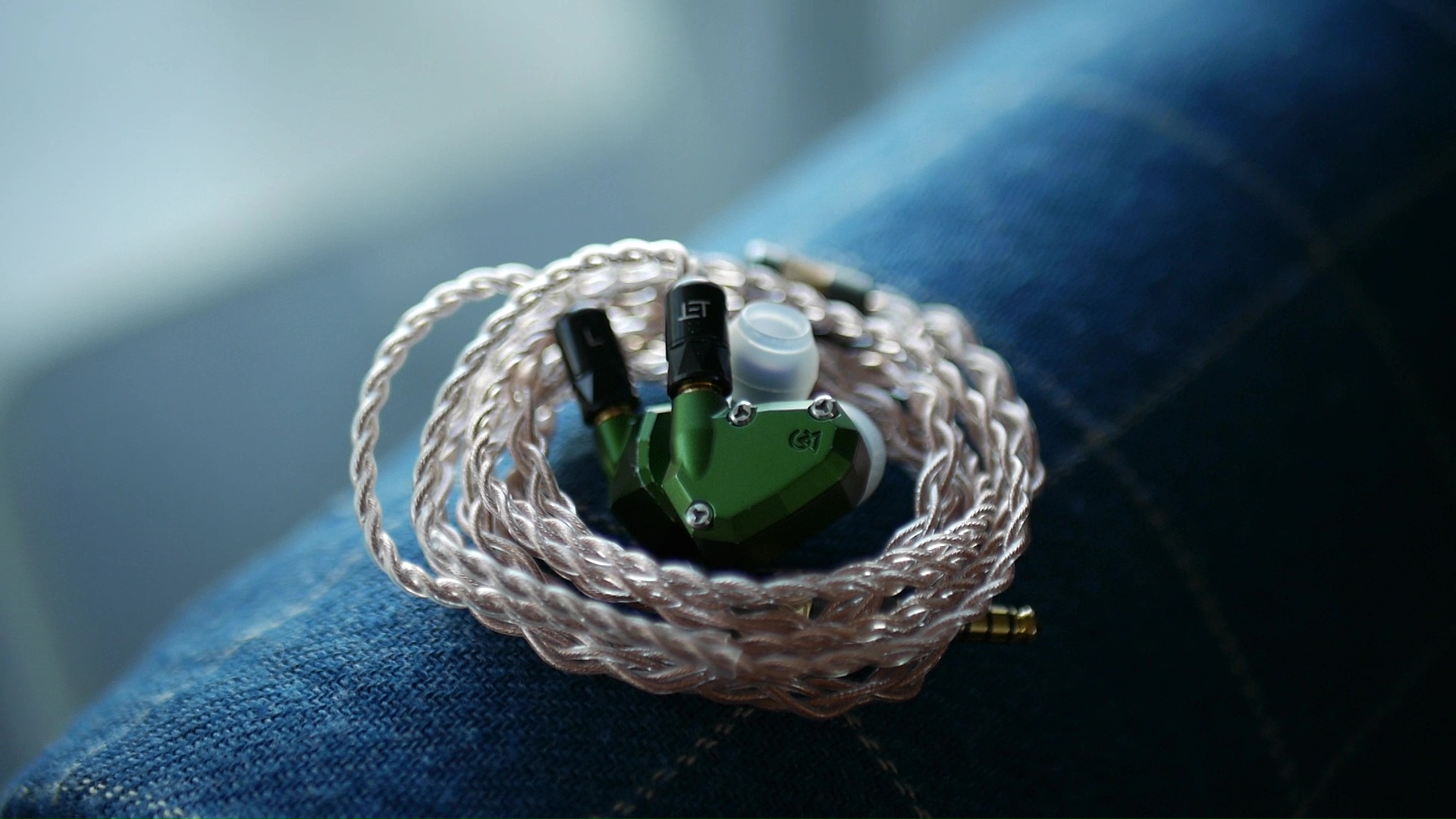
Curiously, the Andromeda 2020 responded better with Azrael. In some ways, its response is similar to how the U12T reacted to Raphael. I found this pairing quite enjoyable and kept it throughout my testing period.
One interesting observation before we conclude: these cables could change the loudness of the IEMs. Even with the source volume remaining constant, swapping cables resulted in noticeable volume differences, requiring about 2-5 volume notches on the DX300 to balance things out.
Conclusions
So, what are my thoughts on cables? I can simplify my stance into two key points: (1) IEM cables can indeed shift the tonal balance and presentation of IEMs, but (2) the extent and direction of that shift are quite setup-specific and unpredictable. Take the Cassiel cable, for instance. While it shifts the tonal balance of the U12T towards a brighter, more “midrangy” sound, it propels the Andromeda 2020 in a completely different direction. Even when the shift aligns with the maker’s projections, the actual sound remains imprecise and unpredictable. Consequently, I view IEM cable pairing as more of a trial-and-error endeavor—a hobby in itself—rather than a reliable method for fine-tuning sound with predictable results.
Now, back to the Virtues series. For my ears and my taste, I’m quite fond of the Raphael and can easily see myself adding this cable to pair with the U12T one day, given how well they complement each other aesthetically and sonically. The Azrael is more context-specific; I appreciate how it pairs with the Andromeda 2020, but it doesn’t mesh well with the U12T. As for the Cassiel, it simply doesn’t work for me at all. Overall, the entire series falls at the uppermost level of what I’m willing to pay for an IEM cable. That said, I do appreciate the aesthetics and included accessories, and I can envision myself splurging for one to enhance the look of my IEMs in the future.
Subjective rating:
- Azrael: 3/5 - Lukewarm in general, though quite nice with Andromeda
- Cassiel: 2/5 - It’s a no from me
- Raphael: 4/5 - I like this one.
